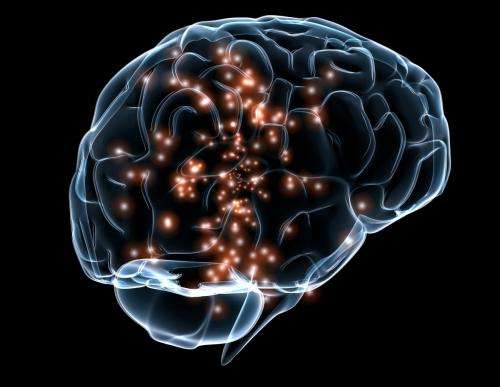
A revolutionary new stimulation treatment for Tourette’s, proven to reduce tics, has moved closer to being available to people as a wearable wrist device with the launch of a new spin-out company.
Neurotherapeutics Solutions Ltd is a new University of Nottingham spin-out that’s been launched to bring to market a wearable neuromodulation device (rhythmic peripheral nerve stimulation), worn like a wristwatch, for use in Tourette Syndrome (TS) and associated co-occurring brain health conditions.
The spin-out company will use research from scientists from the University of Nottingham’s School of Psychology and School of Medicine published last year that used repetitive trains of stimulation to the median nerve (MNS) at the wrist to entrain rhythmic electrical brain activity—known as brain-oscillations—that are associated with the suppression of movements. They found that rhythmic MNS is sufficient to substantially reduce tic frequency and tic intensity, and the urge-to-tic, in individuals with TS.
Funding for Neurotherapeutics Solutions Ltd has been coordinated by Nottingham Technology Ventures with investment by the University of Nottingham along side a number of external investors. This will enable the design and build of 85 programmable wrist-worn peripheral nerve stimulation devices. These devices will be used in a placebo-controlled trial planned for autumn 2021.
TS is a neurodevelopmental disorder that is usually diagnosed between the ages of eight and 12. It causes involuntary sounds and movements called tics. Tics are involuntary, repetitive, stereotyped movements and vocalizations that occur in bouts, typically many times in a single day, and are often preceded by a strong urge-to-tic, referred to as a premonitory urge (PU).
Nineteen people with TS took part in the initial study, which was funded by the charity Tourettes Action and the NIHR Nottingham Biomedical Research Centre. Participants were observed for random periods, during which they were given MNS delivered to their right wrist, and periods during which they received no stimulation. In all cases the stimulation reduced the frequency of tics, and also the urge to tic, and had the most significant effect on those individuals with the most severe tics. Prototype development funding was obtained from the Midlands Innovation Commercialisation of Research Accelerator, Tourettes Action, and the MRC Confidence in Concept scheme.
Source: Read Full Article
